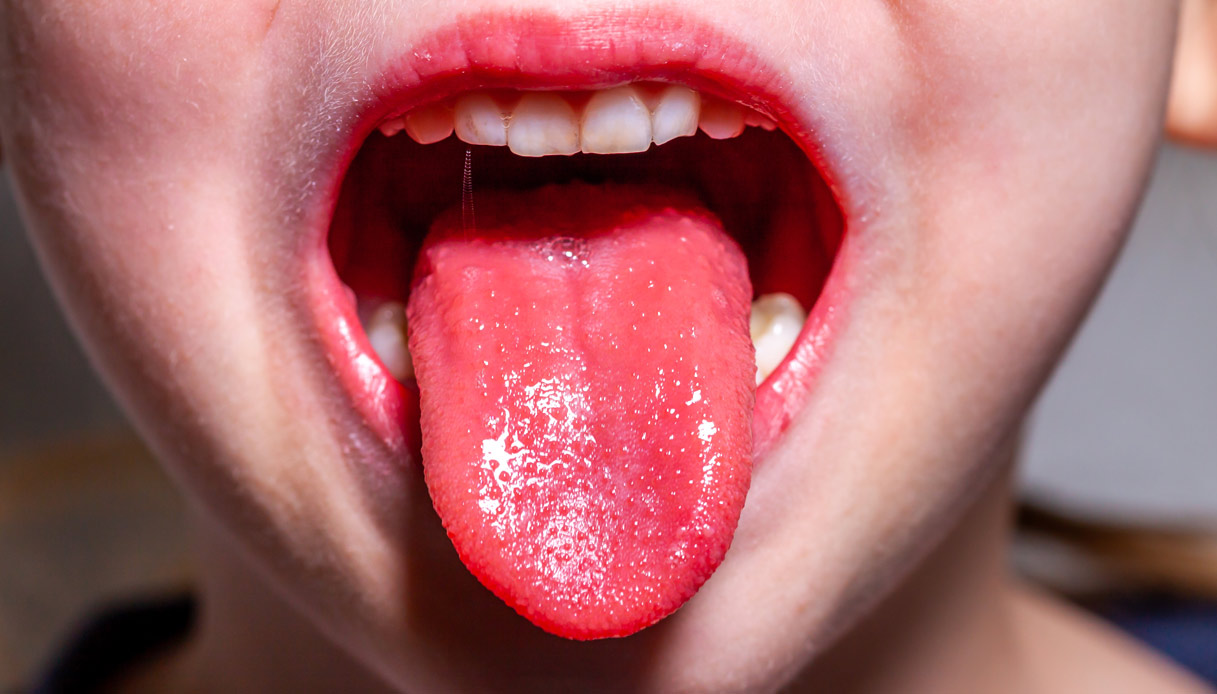There is a lot of talk these days about scarlet fever. To revive attention on this bacterial disease, for which there is no vaccine yet, it is the English situation. In fact, many cases of group A streptococcus infection are observed in the United Kingdom, with hospitalizations and deaths in children. Although it can also occur in adults, scarlet fever tends to spread especially among children and adolescents and should certainly not be considered a serious disease.
Scarlet fever is an exanthematous disease
The picture is provoked by a specific one streptococcus defined as group A beta hemolytic and pyogenic. The germ produces toxins, called erythrotoxins, which cause the symptoms to appear. But above all, scarlet fever enters the category of exanthematous pathologies. What does it mean? Leads a rash, i.e. red dot spots in slight relief on the skin that last on average three or four days and then lighten up. It is characterized by pharyngitis caused by the bacteria, plaques in the throat, redness of the tonsils and red spots on the roof of the mouth called petechiae.
The tongue it is first covered with a white patina and then, as it peels, it becomes strawberry or raspberry red. There is an increase in the lymph nodes under the neck which appear swollen and painful, fever ranging from a few lines to temperatures of thirty-nine or forty degrees and chills, headache, vomiting may also appear. The classics red spots they tend to appear first in the vicinity of the groin and armpits, but then spread, with a particular curiosity clearly appreciable to the eye. In fact, the areas surrounding the mouth and nose do not show any lesions and remain white, so as to suggest moles more serious forms to a real mask called Filatow’s mask.
How you get infected and how long the incubation lasts
The bacterium can be transmitted through direct contact with the patient or with respiratory droplets emitted by coughing, sneezing or even speaking. In practice, as happens with colds and flu, droplets can pass from one person to another with the voice, breath, cough and sneeze. But that’s not enough.
It must be remembered that the transmission of the disease can occur through an indirect infection with the manipulation of objects used by sick patients such as towels, dishes, sheets, thermometers. The incubation period for scarlet fever is short and usually ranges from two to five days with sudden onset of symptoms.
Per prevent disease, in the absence of a vaccine, hygiene measures are very important. Children need to wash their hands well, because this drastically reduces the onset of this and many other diseases. It is also very important to explain to them how to sneeze and how to cough in order not to infect others. It is also necessary to teach children not to cough or sneeze in the hand with which they then touch toys, furniture or objects, spreading viruses and bacteria but in a disposable handkerchief to be thrown away.
How is the diagnosis made and how is it treated
The diagnosis is clinical: given the characteristics of the rash and what can emerge from the visit, the pediatrician can identify the pathology. Sometimes a throat swab can be used to confirm the situation, which helps verify the presence of strep. The rapid test, carried out in the pediatrician’s surgery, allows you to have a result in a few minutes and thus decide on the most appropriate therapy.
Since this is a bacterial infection, the pediatrician can indicate specific antibiotic treatment. It is important that both the diagnosis and the prescription for the use of the antibiotic are made by the doctor and not self-decided by the parents, given that the swab, in addition to not always detecting the presence of the bacterium (the so-called false negatives) could also be positive in children who do not have a pathological picture but still host the bacterium in their throat.
